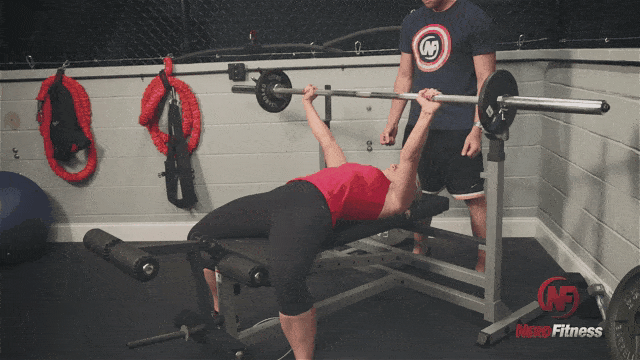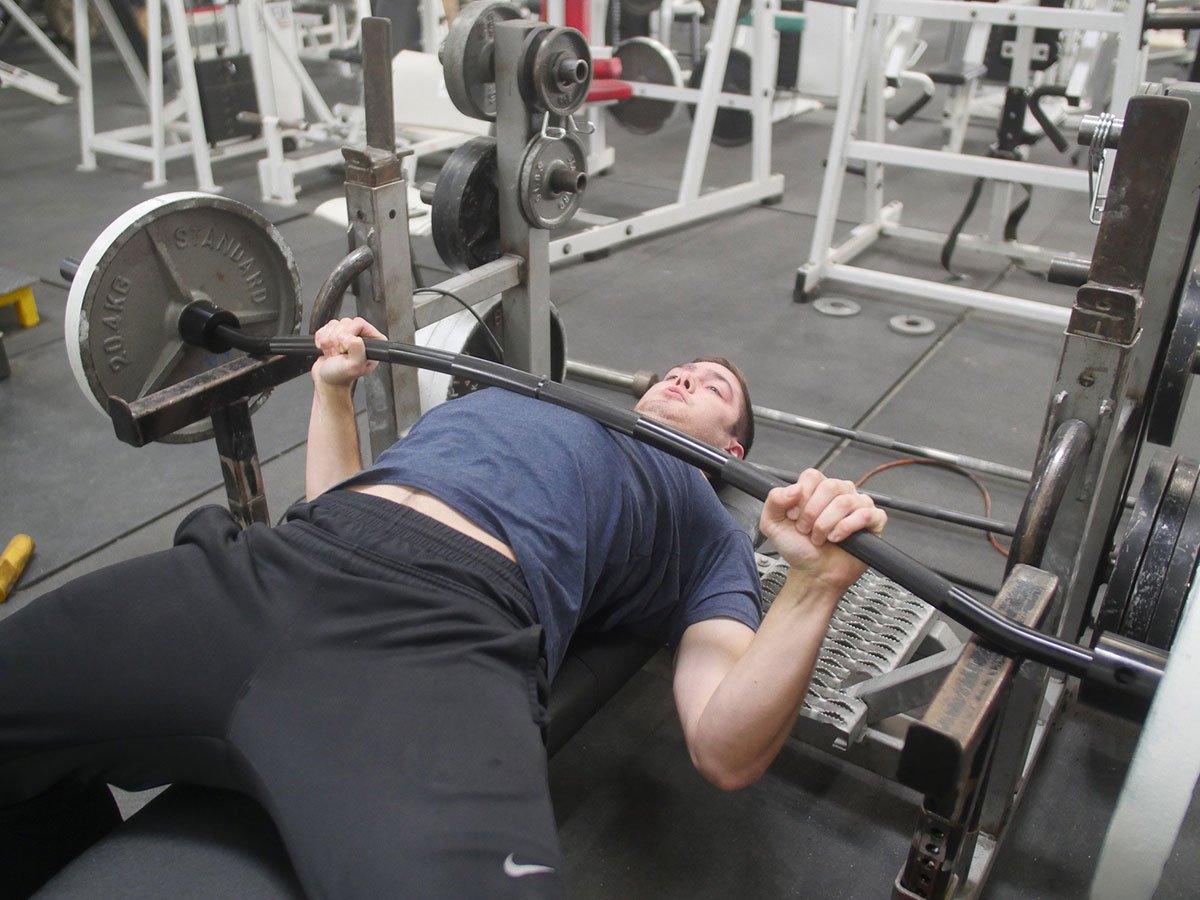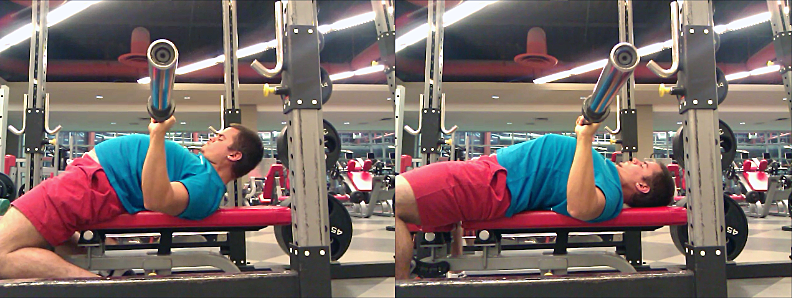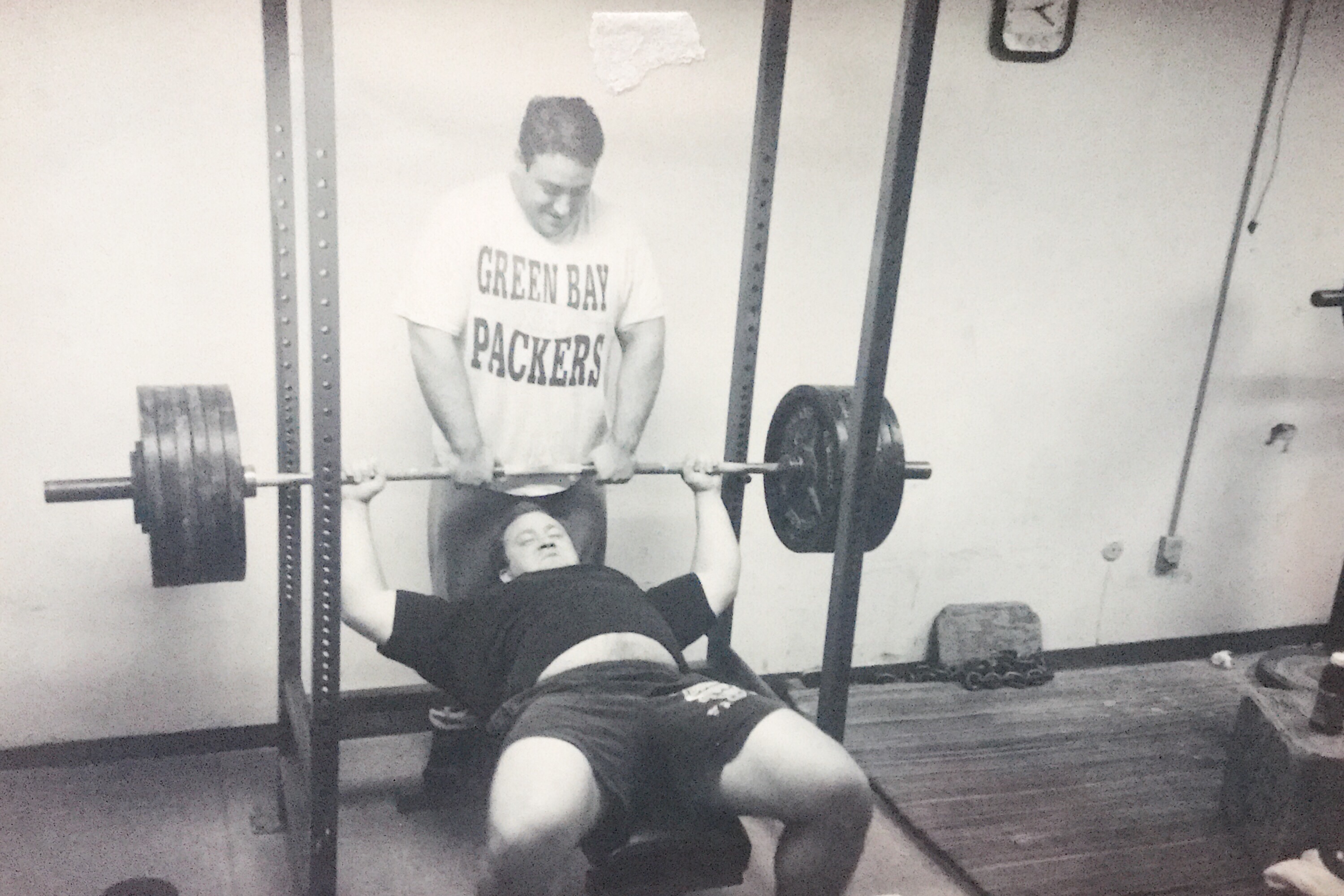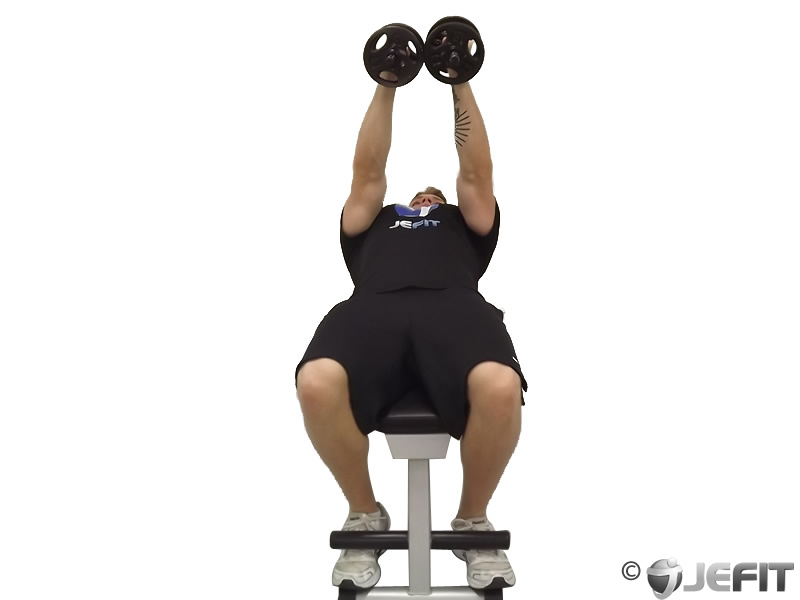Touching Chest Bench Press

Use this bench press cue as you bring the barbell down to your chest.
Touching chest bench press. By touching the bar to your chest you ensure a full range of. To touch or not to touch. First it puts you in a weaker position to perform the bench press as you will limit the triceps brachii to contribute to the push eccentric part of the movement.
This keeps the athlete from collapsing and over stretching in the bottom. This exercise works your chest muscles shoulders and triceps. The barbell should lightly touch the middle of your chest when performing the barbell flat bench press.
This means that you can t claim it when a fellow gym rat asks so how much ya bench. This will be a helpful cue for lifters who can t control the barbell during the eccentric phase of the movement. The touch point on the bench press is a cue a signal that you are benching with a consistent or inconsistent form.
In addition the elbows and triceps end up touching the bench just at the right stopping point similar to a floor press. You can feel changes from rep to rep and the pressure of the bar on your chest gives you something to aim for at the bottom. If lowering the bar all the way down feels perfectly fine for you then feel free to keep bench pressing that way.
Touching the bench press high on the chest is in my personal opinion one of the least favorable options for three reasons. Any rep that doesn t both touch your chest and end with complete unassisted lockout is not a rep. The dumbbell chest press closely mimics the bench press the favorite exercise among serious weightlifters everywhere.
In contrast the paused bench press is used by powerlifters because of the bench press rules that they will face in competition. If you re someone who feels any pain discomfort or awkwardness when going all the way down then i d highly recommend stopping 1 3 inches before the bar touches your chest. If you have shoulder elbow or lower back problems limit the range of motion.
This would include having the barbell travel in different bar paths as you cycle through multiple reps or having the barbell bounce off your chest because you can t decelerate the weight properly.
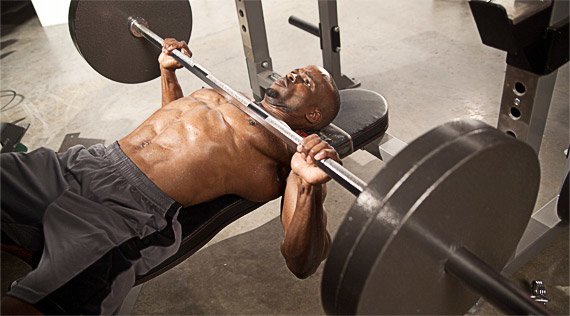


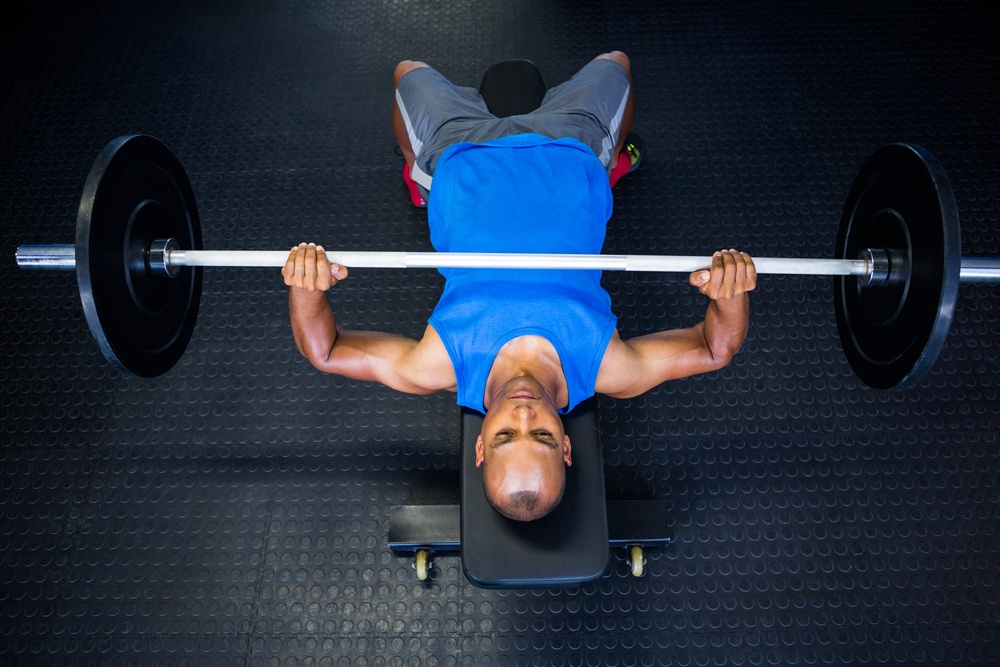
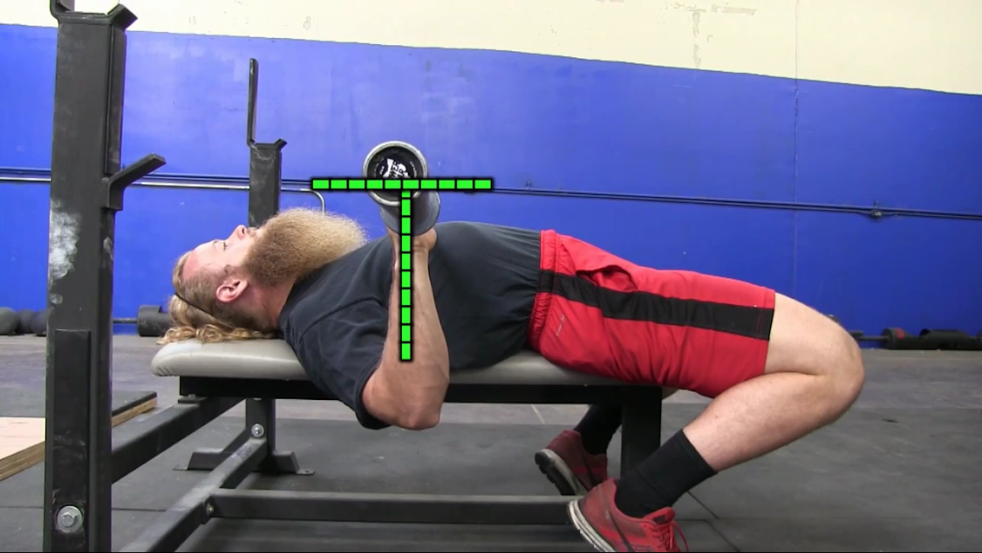
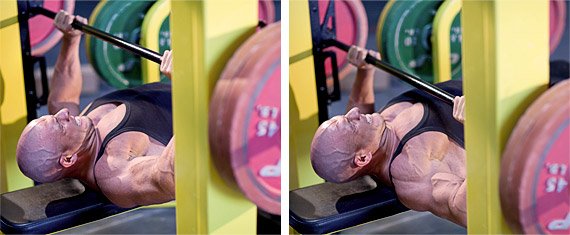
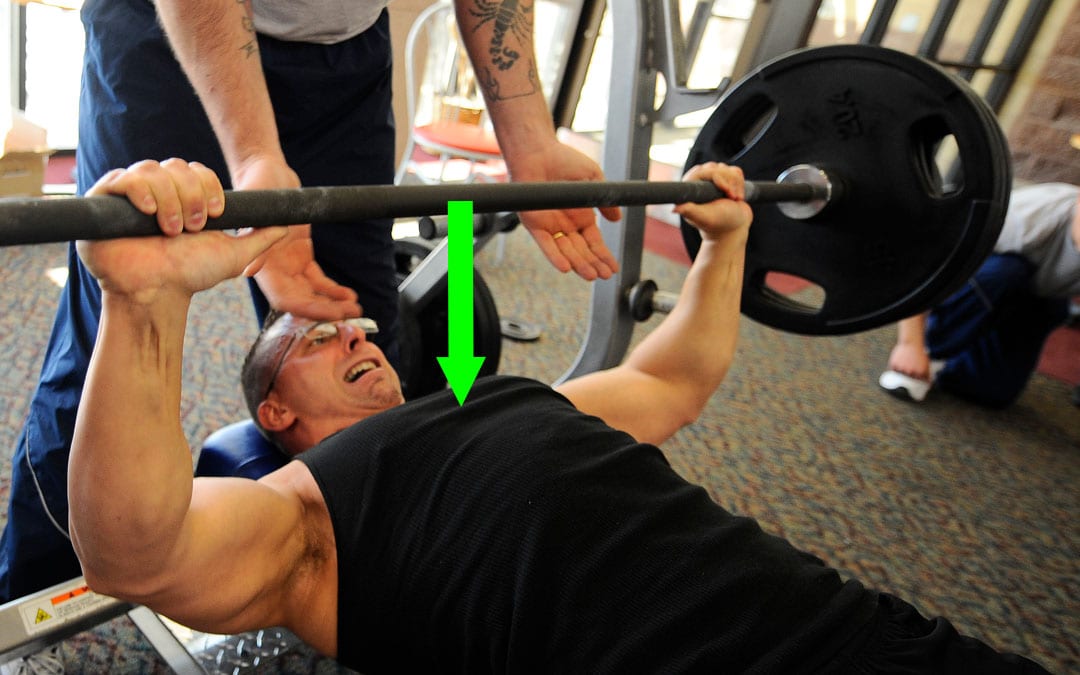





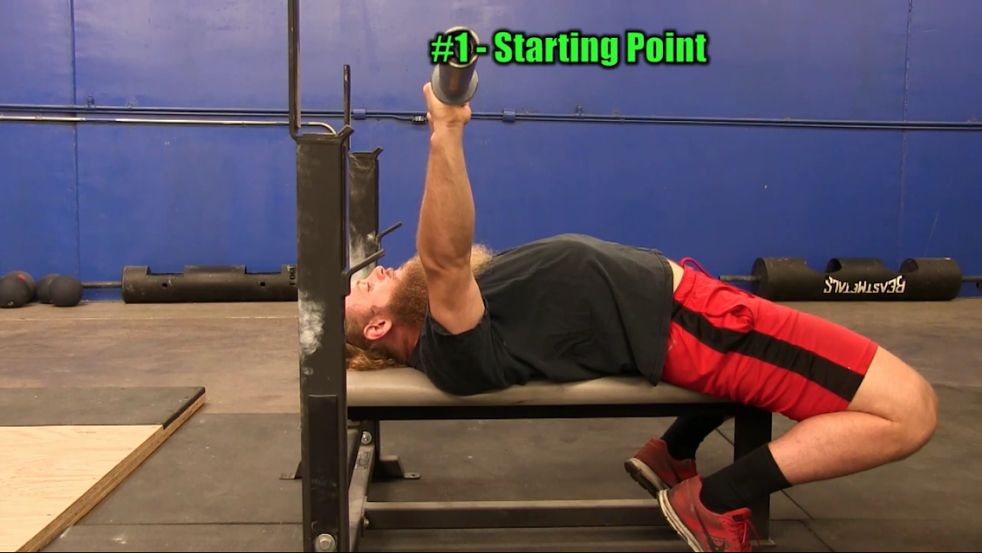

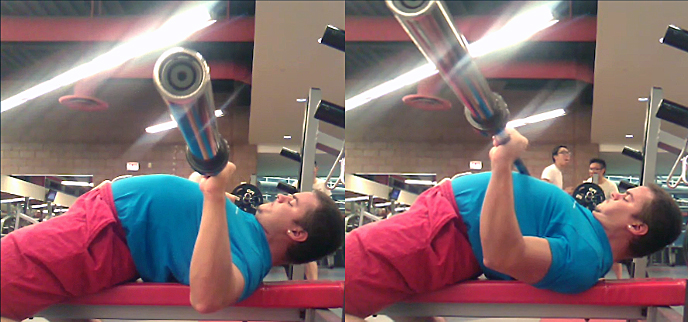

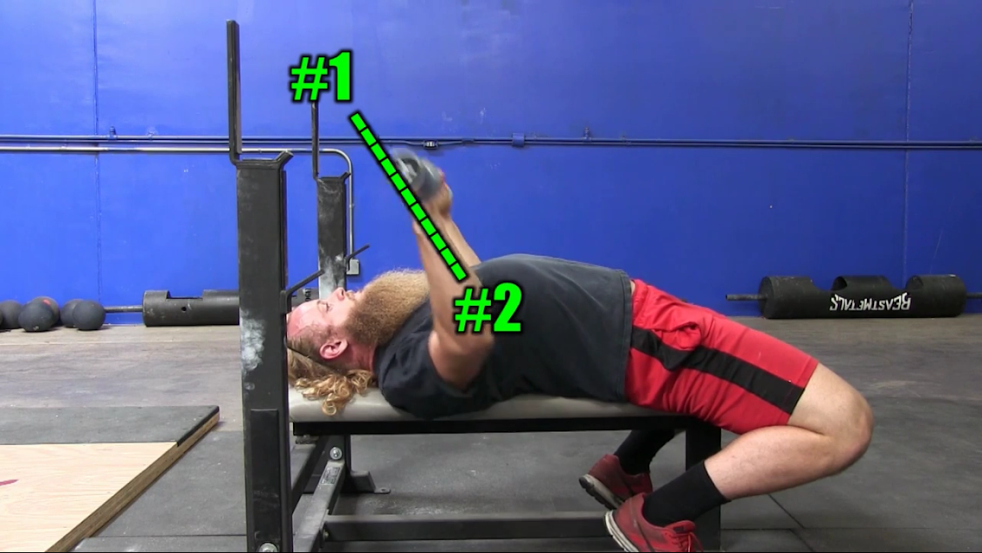


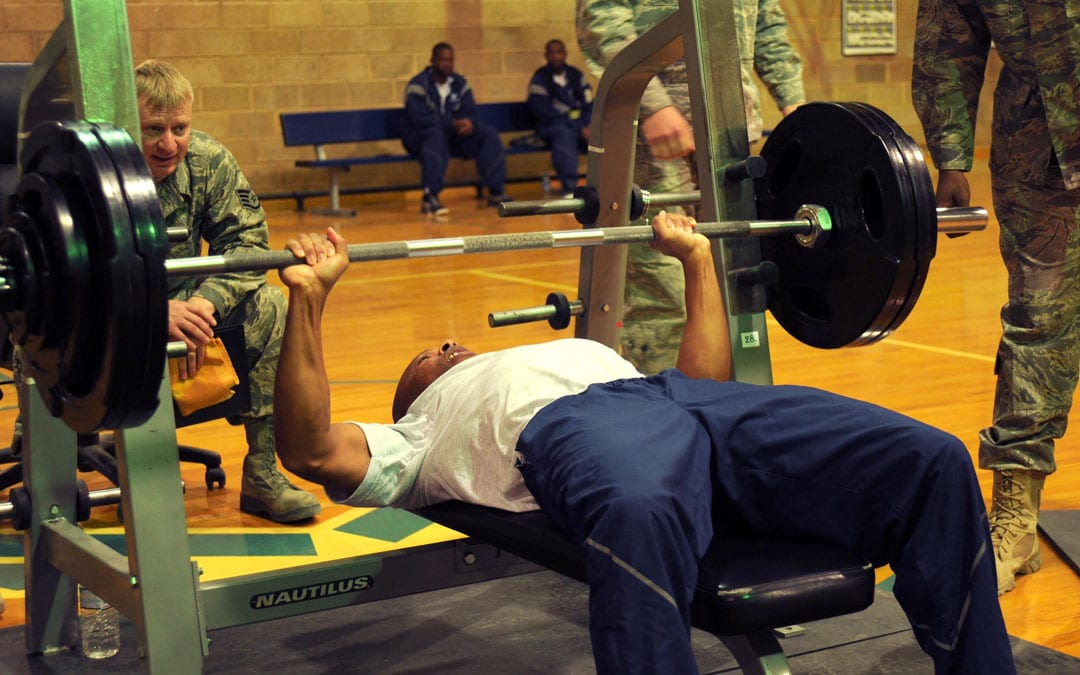



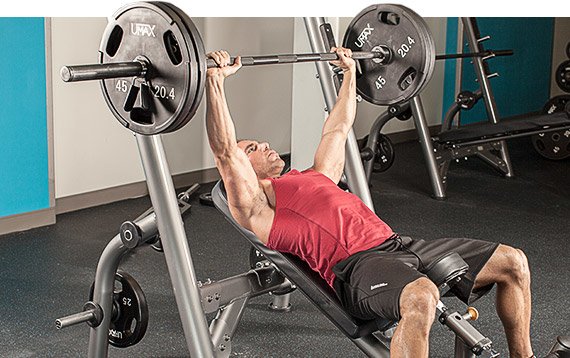


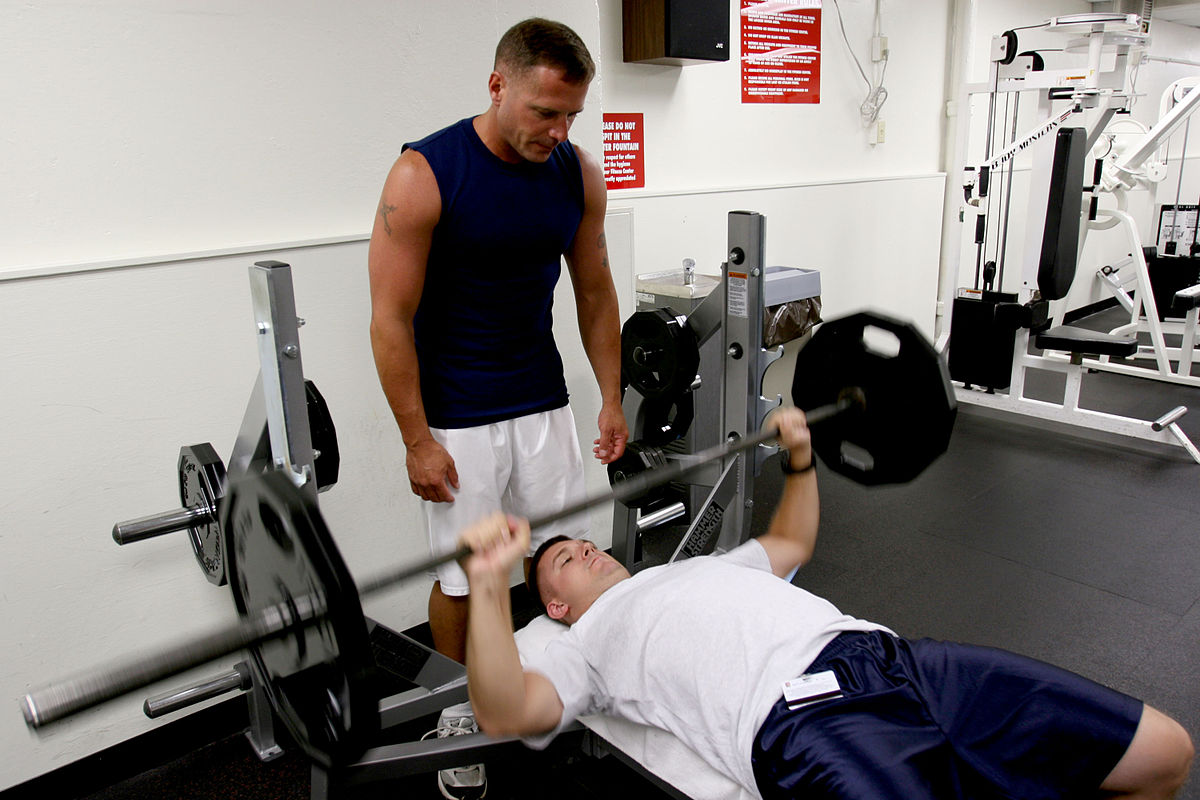





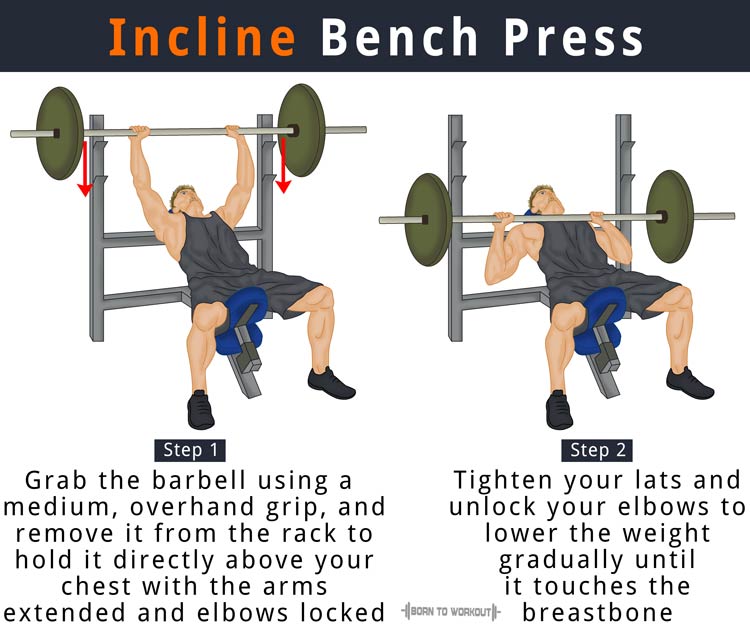


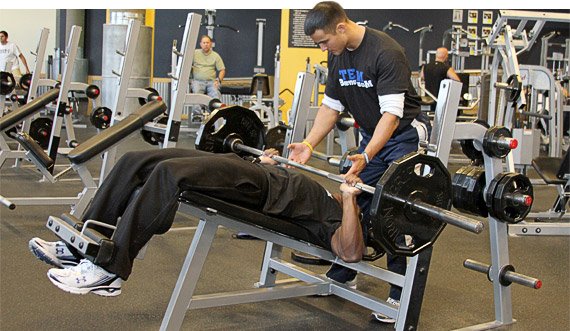






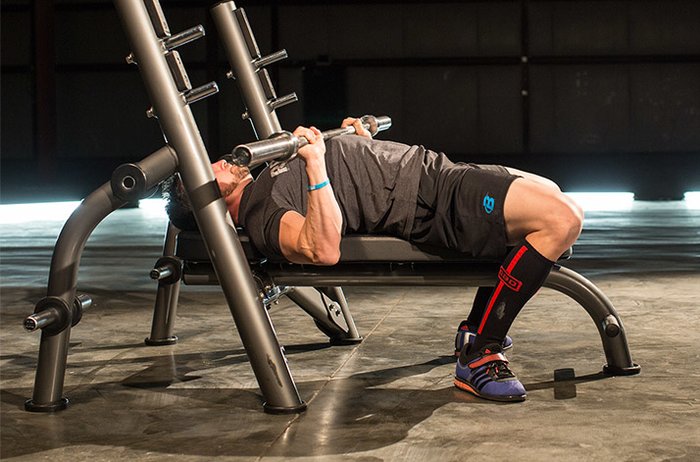




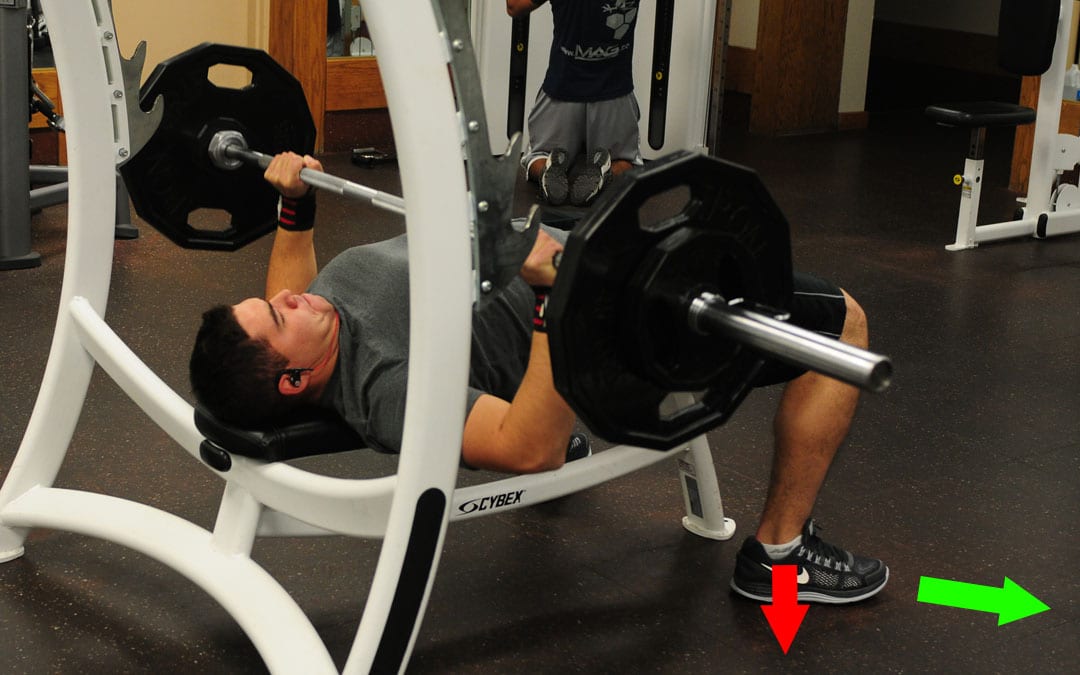

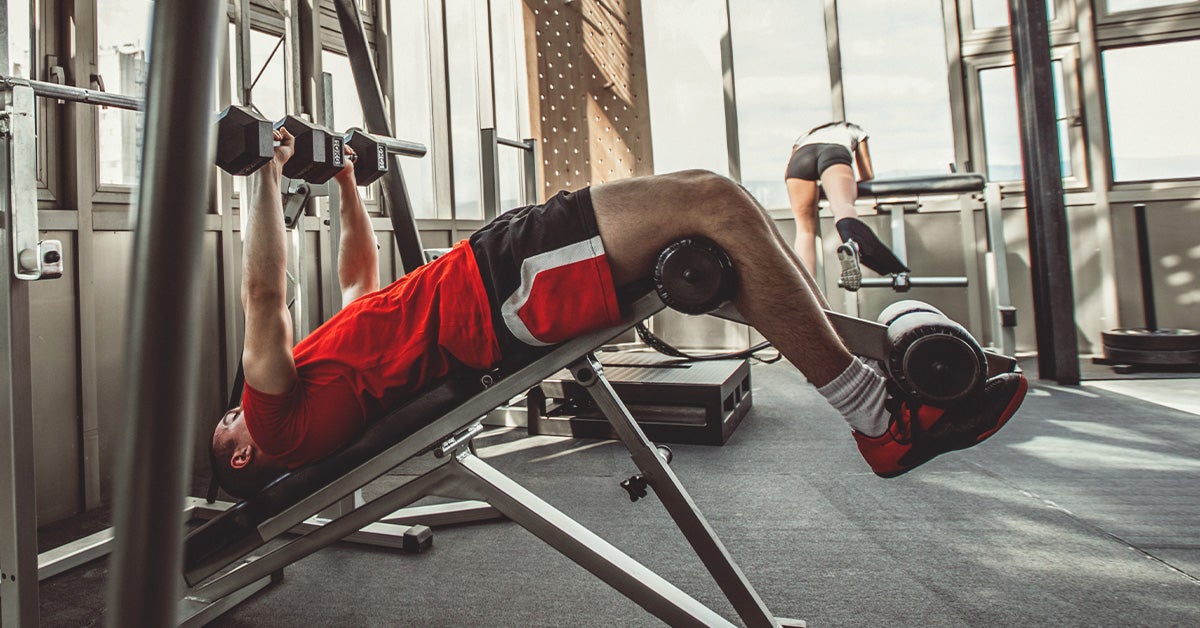



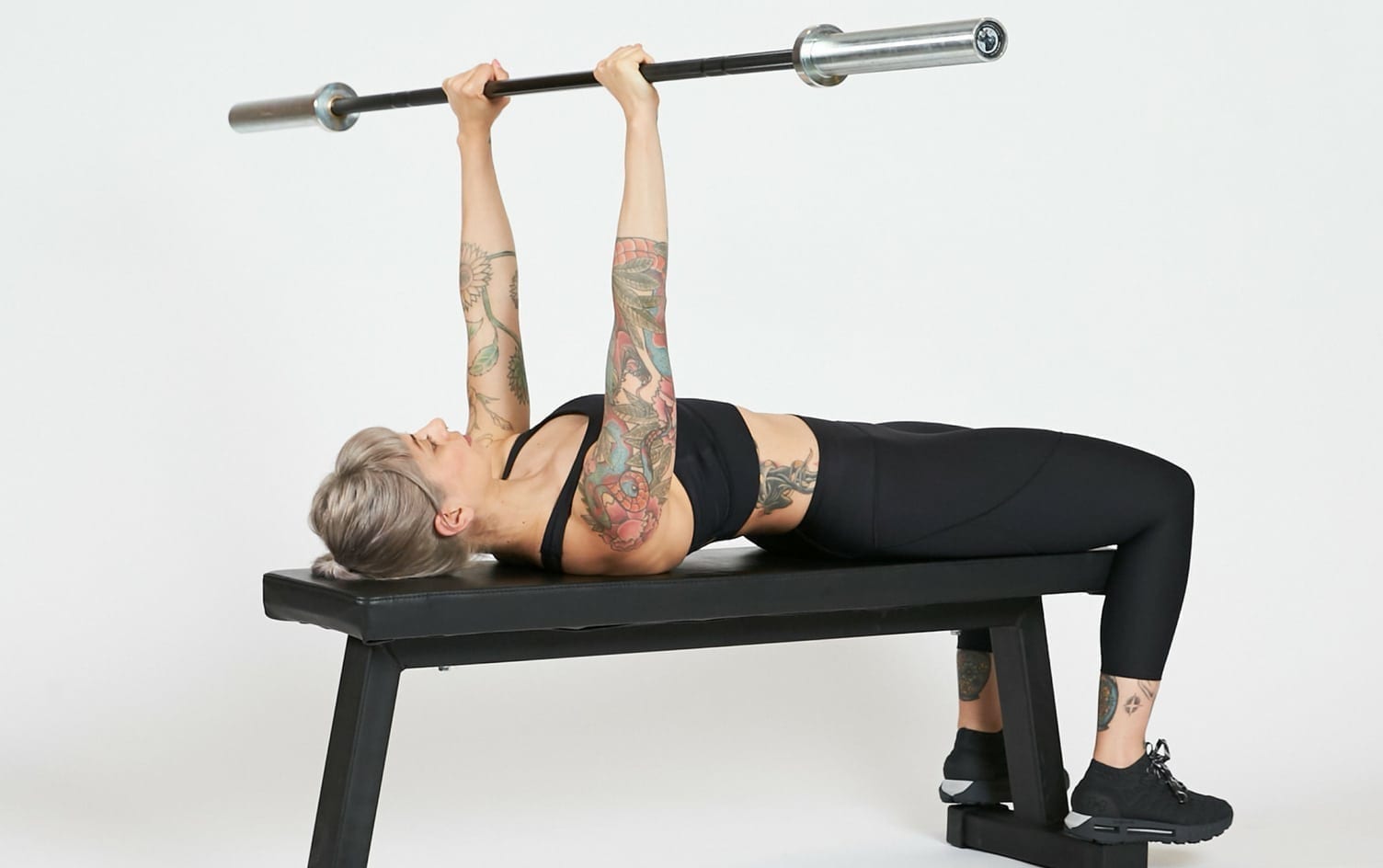






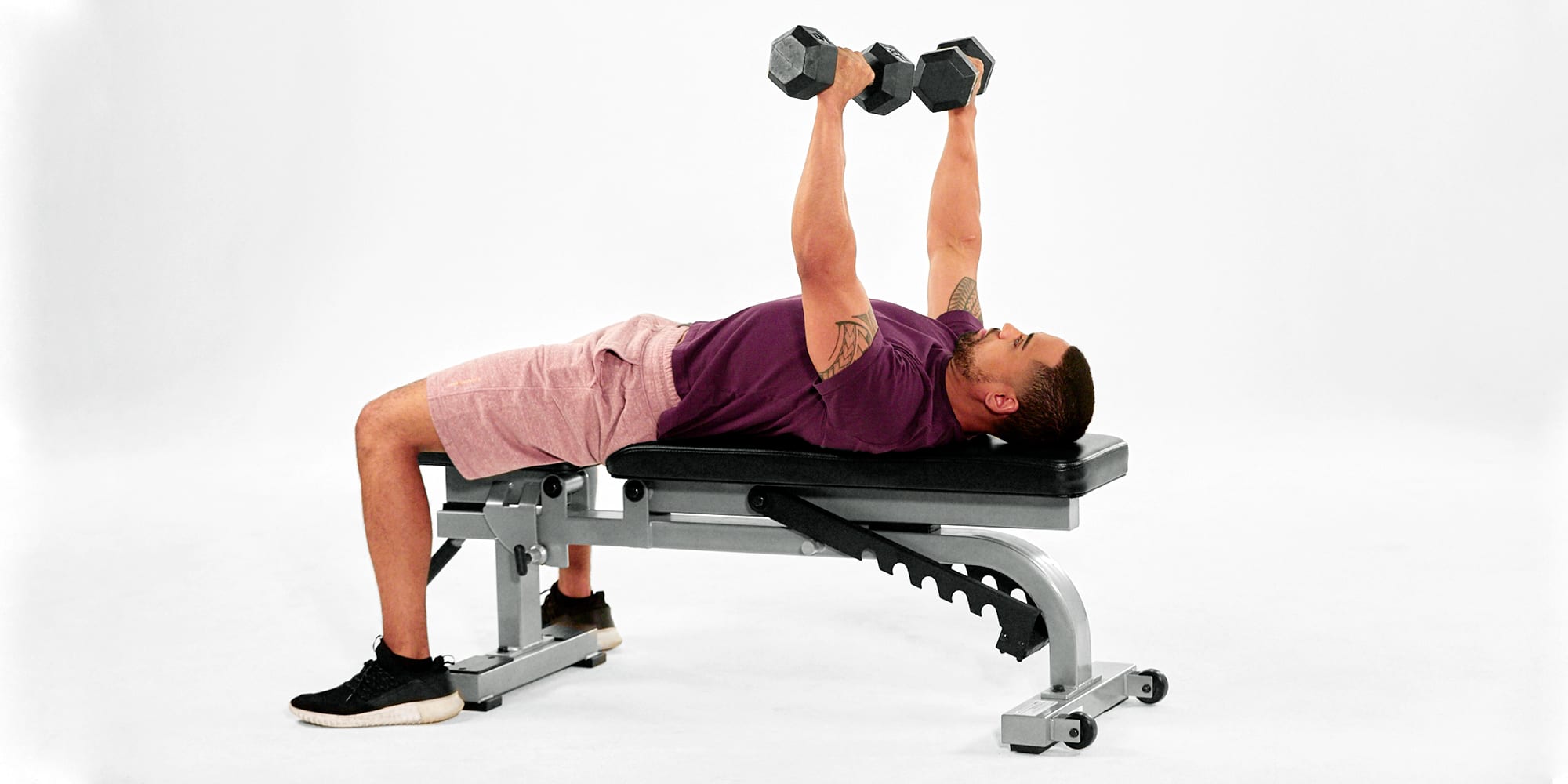




/66-4588212-Incline-Dumbbell-Press-GIF-cc6b35c8cecc4b808532c881732bf3f0.gif)
